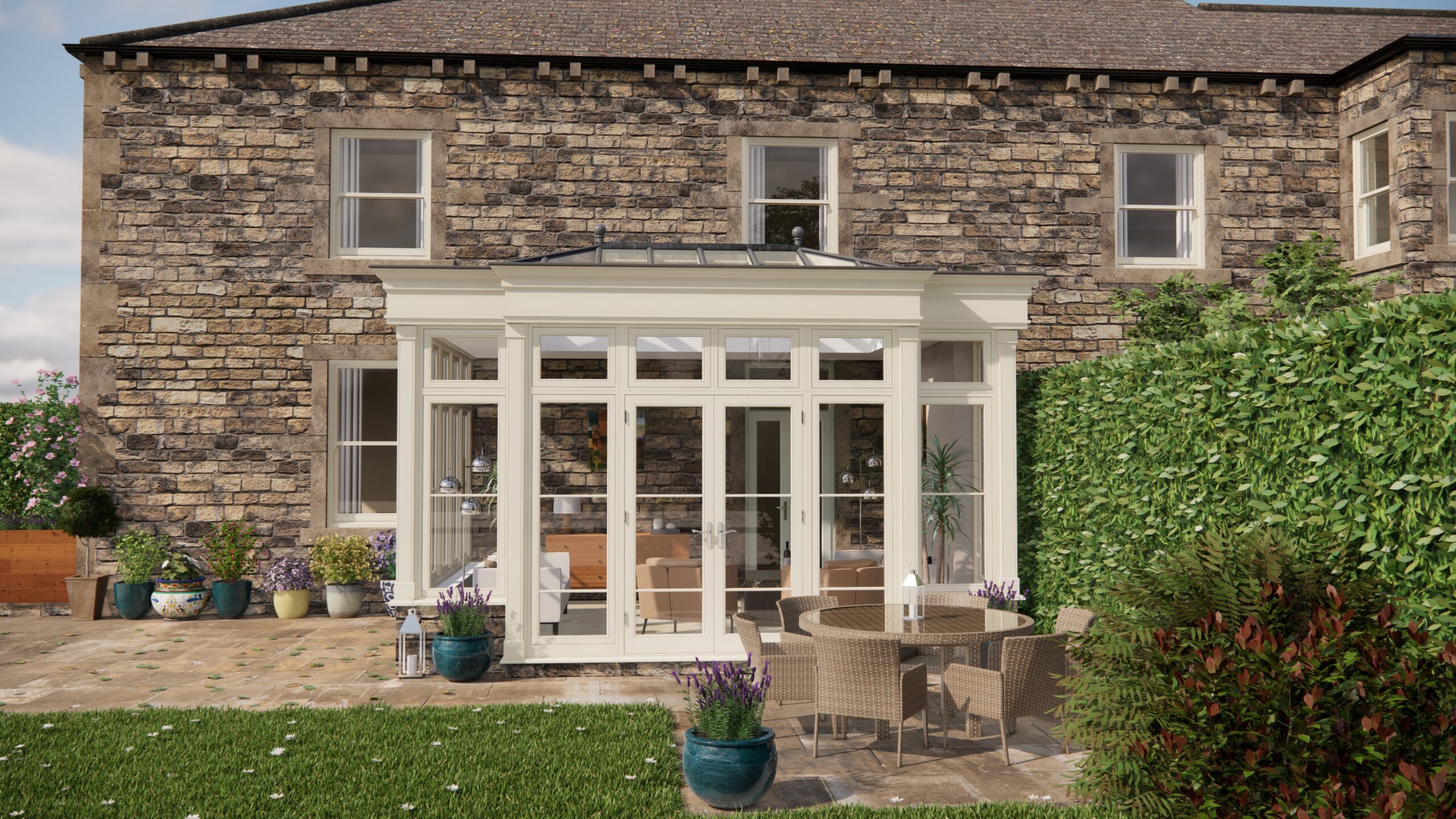When I first approached the idea of incorporating natural elements into an orangery, I knew I needed some guidance. So, I reached out to Sarah, a dear friend and an orangery enthusiast, who had transformed her own space into a serene retreat. Over a cup of tea in her sun-drenched corner, we delved into her experience, picking up invaluable tips and inspiration along the way.
Understanding the Essence of an Orangery
“An orangery is more than just a glass addition to your home,” Sarah began, her eyes lighting up as she gestured around her space. “It’s about creating a seamless blend between the indoors and outdoors.” She explained that when designing her orangery, she wanted to retain the classic elegance associated with these structures while imbuing it with her own love for nature.
For those unfamiliar, an orangery is typically characterised by large windows, a solid roof, and often a brick base. Historically, they were used to protect citrus trees during cold weather. Today, they serve as stylish extensions to living spaces, perfect for enjoying a garden view all year round.
Choosing the Right Natural Elements
Sarah emphasised the importance of choosing natural elements that resonate personally. “I started with plants,” she noted, pointing out the lush greenery surrounding us. “But it’s not just about filling the space with any plants. You need to consider the light, the temperature, and your own ability to care for them.”
She suggested starting with hardy varieties like ferns or succulents if you’re not particularly green-thumbed. For those with a bit more experience, she recommended experimenting with larger species such as fiddle leaf figs or even a lemon tree for a touch of authenticity.
Incorporating natural materials was another key aspect of her design. Sarah had opted for a reclaimed wood table and wicker furniture, which added warmth and texture to the space. “Natural materials have a unique way of grounding a room,” she explained. “They bring a sense of calm that’s hard to replicate with synthetic options.”
Creating a Flow with Colours and Textures
Colour plays a crucial role in setting the mood. Sarah chose a palette inspired by nature, with soft greens, earthy browns, and gentle creams. “These colours mimic what you see outside,” she said, “and help create a seamless flow between the garden and the orangery.”
Textures were equally important. Sarah pointed to a woven jute rug and a collection of linen cushions. “Mixing textures adds depth and interest without being overwhelming,” she advised. “It’s about creating a space that feels cosy and inviting.”
Enhancing Relaxation with Natural Light and Sound
One of the key elements of Sarah’s orangery was its ability to harness natural light. “The beauty of an orangery is how light floods the space,” she mused. “But you have to think about how to manage it. Too much, and it can be uncomfortable.”
She recommended using soft, sheer curtains or blinds to diffuse the light when necessary. “It allows you to control the brightness while still enjoying the view,” she added.
Sound was another factor Sarah considered. She had installed a small water feature near the entrance. “The gentle trickle of water is incredibly soothing,” she said. “You don’t need anything elaborate. Even a small tabletop fountain can make a big difference.”
Personal Touches and Maintenance
Sarah was keen to point out that personal touches are what make the space truly relaxing. She had added an array of her favourite books, a few carefully chosen artworks, and a scented candle that filled the room with a subtle fragrance. “These are the things that make it feel like my sanctuary,” she smiled.
Maintenance, she warned, was something to keep in mind. “An orangery isn’t a set-it-and-forget-it kind of space,” she chuckled. “Plants need care, natural materials can age, and you’ll need to keep on top of cleaning those big windows.”
Bringing It All Together
Sarah’s journey in creating her orangery was clearly a labour of love, and her insights were invaluable. By thoughtfully integrating natural elements, she had crafted a space that not only enhanced her home but also provided a haven of relaxation and tranquillity.
Incorporating elements of nature into an orangery is a deeply personal process, one that requires careful consideration of plants, materials, colours, and even sounds. But as Sarah’s serene haven demonstrated, the result is a beautifully harmonious space that offers a peaceful retreat from the hustle and bustle of everyday life. Whether you’re starting from scratch or looking to revitalise an existing orangery, embracing the natural world is a rewarding approach that can transform your space into a true oasis.


